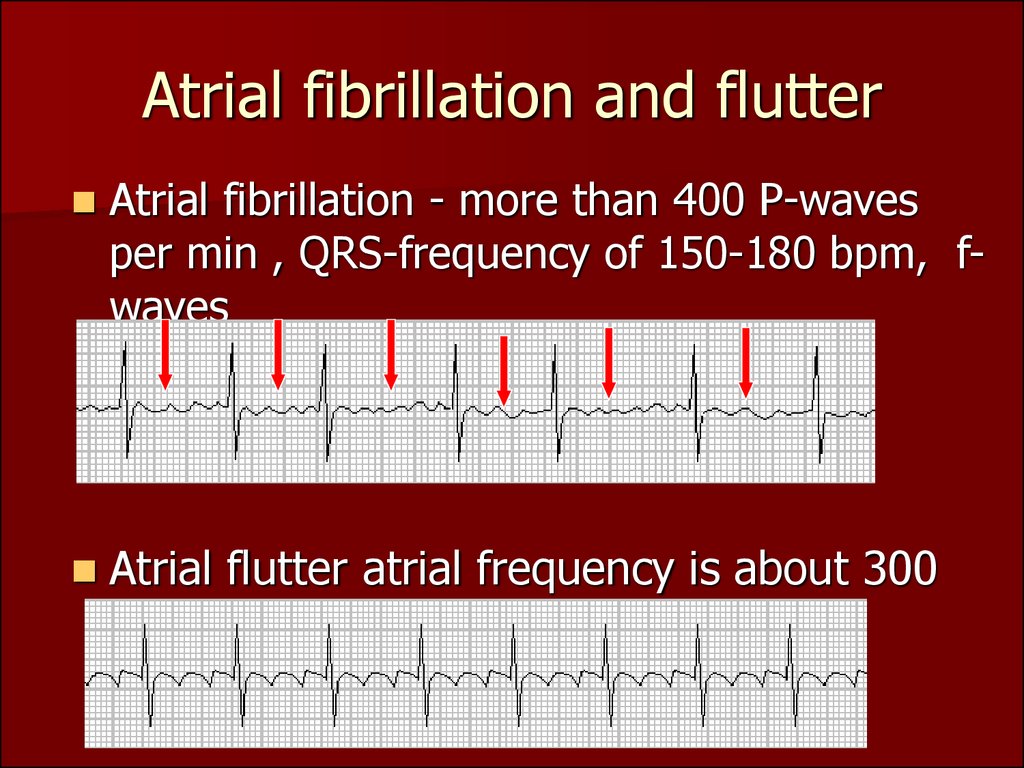
The development of automatic systems can aid in detecting these conditions quickly and accurately, ultimately improving the performance of medical staff and decreasing patient waiting times. , related to the rapid ventricular rate that results in inadequate diastolic ventricular filling Ko Ko et al. These two abnormal heart rhythms are frequently unrecognized and untreated since they typically are asymptomatic or can present symptoms that may include chest pain, lightheadedness, shortness of breath, fainting, and palpitations Shah et al. Thus, early diagnosis and treatment are crucial in managing AFib and AFlut and minimizing the risk of serious complications such as stroke Shah et al.

Although the atria beat regularly, their accelerated rhythm causes a discrepancy with the rhythm of the ventricles, causing problems in the heart function Thaler. It is caused by a single electrical circuit that drives the atria to contract at 250-350 beats per minute Thaler. AFlut is a common supraventricular arrhythmia that is often misdiagnosed as atrial fibrillation, with the latter being more common Ko Ko et al. AFib is caused by chaotic electrical activity in the atria, leading to irregular and weak atrial contractions at a rate of 350-500 beats per minute, decreasing the effectiveness of the atria in pumping blood into the ventricles, thus compromising the heart function and increasing the risk of stroke and other heart-related complications Thaler, Brundel et al. , and are particularly dangerous for the elderly population Shah et al.

Moreover, we demonstrate that the performance of our models only on the PhysioNet CinC Challenge 2021 databases are considerably lower than only on our private dataset.Ītrial Flutter (AFlut) and Atrial Fibrillation (AFib) are two types of irregular heart rhythms caused by abnormal electrical activity in the upper chambers of the heart, the Atria Cosío, Ko Ko et al. We showed that discrimination of AFib and AFlut is not trivial, and that one-dimensional signals had better performance than two-dimensional ones. Image-based and one-dimensional-based Deep Learning models were considered to perform the classification using different 1D and 2D Convolutional Neural Network architectures. This study investigates the use of standard 12-lead ECG records from six largest PhysioNet CinC Challenge 2021 databases and a private database to differentiate Atrial Fibrillation from Atrial Flutter.


 0 kommentar(er)
0 kommentar(er)
